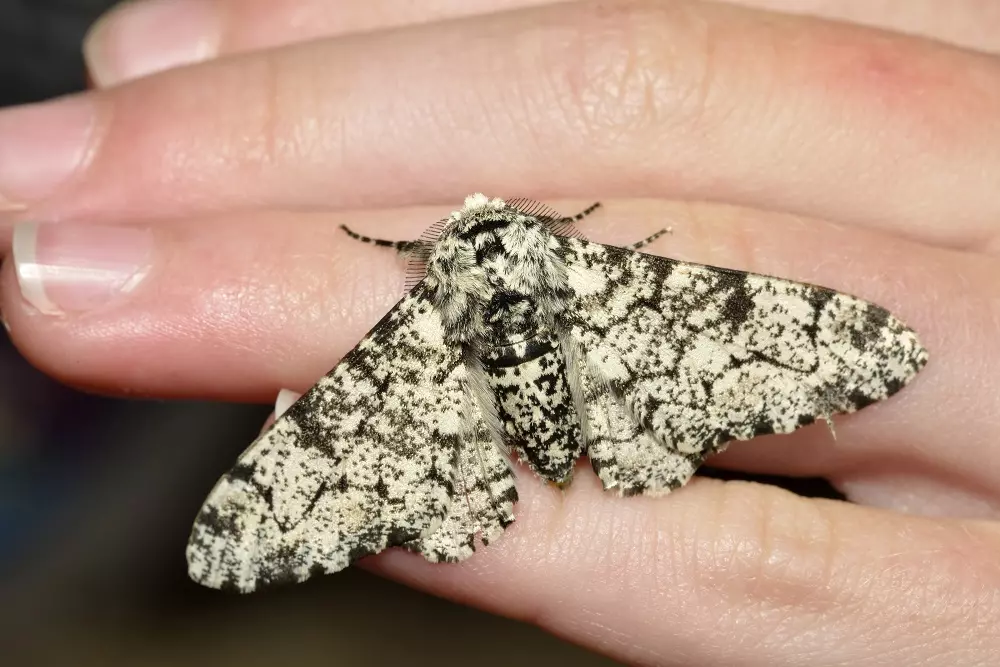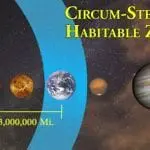[Originally published as Examples of Evolution: Debunked Pt1]
An evolutionist posted a list of examples of evolution to an evolutionary group I lurk in. While the list is hardly scientific, I’m going to take the list apart and debunk it anyway, because it is easily accessible to the layman and is thus dangerous. You will find that many of these examples are either fraudulent or equivocate the word “evolution.” Before we go any further, I want to define a few terms from the Berkley Evolution website. This is not a creation website; it is frequently cited by evolutionists as the best place for a newcomer to science to go to learn about evolution.
“Macroevolution is evolution on a grand scale — what we see when we look at the over-arching history of life: stability, change, lineages arising, and extinction.”
“Microevolution is evolution on a small scale — within a single population. That means narrowing our focus to one branch of the tree of life.”
“An adaptation is a feature that arose and was favored by natural selection for its current function. Adaptations help an organism survive and/or reproduce in its current environment.”
These three definitions are vital to keep in mind. Most of what they talk about on this list are examples of the third, adaptation, but the word “evolution” is used interchangeably for all three. No wonder the public is confused.
Peppered moths
To put it mildly, there is no “industrial melanism” as evolutionists claim. Peppered moths do not live on trunks of trees, they live in treetops. The Kettlewell experiments and those thereafter were frauds, deliberately perpetrated on the public to convince the world that evolution was occurring.
Even if the experiments had been honest, all they would have demonstrated would have been natural selection anyway, which is not the same as evolution
Live Birth in Three-toed Skinks
These skinks are purportedly moving from egg-shelled birth to purely live birth. While that might be true, there is reason to question it. Even in the populations that lay the eggs that take the longest to hatch, the “eggshell” is more of a thin membrane than a shell.
What this appears to be is an epigenetic adaptation to the intake of dietary calcium. If a population takes in enough calcium, lays eggs. If not, epigenetics kicks in, and the babies are born live. While this is a hypothesis, it’s a reasonable one.
Interaction between Crabs and Mussels
A certain species of mussel has learned that a particular species of crab is a threat. In areas where this crab is found, the mussels notice the crab and thicken their shells accordingly. It’s a fascinating example of the interplay between predator and prey, but it’s not evolution.
Learning can be passed from one generation to the next. So a population of mussels has learned that this particular type of crab is the enemy and responds accordingly. That’s adaptation, not evolution.
Italian Wall Lizards
Researchers performed an experiment where they took these lizards and placed them on an island where they essentially lacked predators. When the researchers returned after thirty years, they found that the population had grown dramatically, and changed nearly as much. They had adapted to the new habitat and the new diet remarkably well.
However, their DNA was still very similar to the parent population, indicating that this was an adaptation, not an evolution. Because the DNA had not changed substantially, researchers could not argue that anything new was generated. Instead, what likely occurred was epigenetic.
Cane Toads
This example frankly is a stretch. Cane toads are native to the Americas but have been introduced to Australia where they are a pest. The population in Australia has slightly longer legs on average and is slightly tougher than the American population. The mere fact that this is being used as evidence of evolution proves how utterly bankrupt the hypothesis is.
Slightly longer legs are not evidence of either form of evolution. I’m not even sure it counts as evidence of adaptation. It’s just variation within the cane toad species.
We will continue walking through this list, which only gets worse from here. Unfortunately, that is what much of the popular level evidence for evolution is reduced to: frauds, misrepresentations, and reaches.






